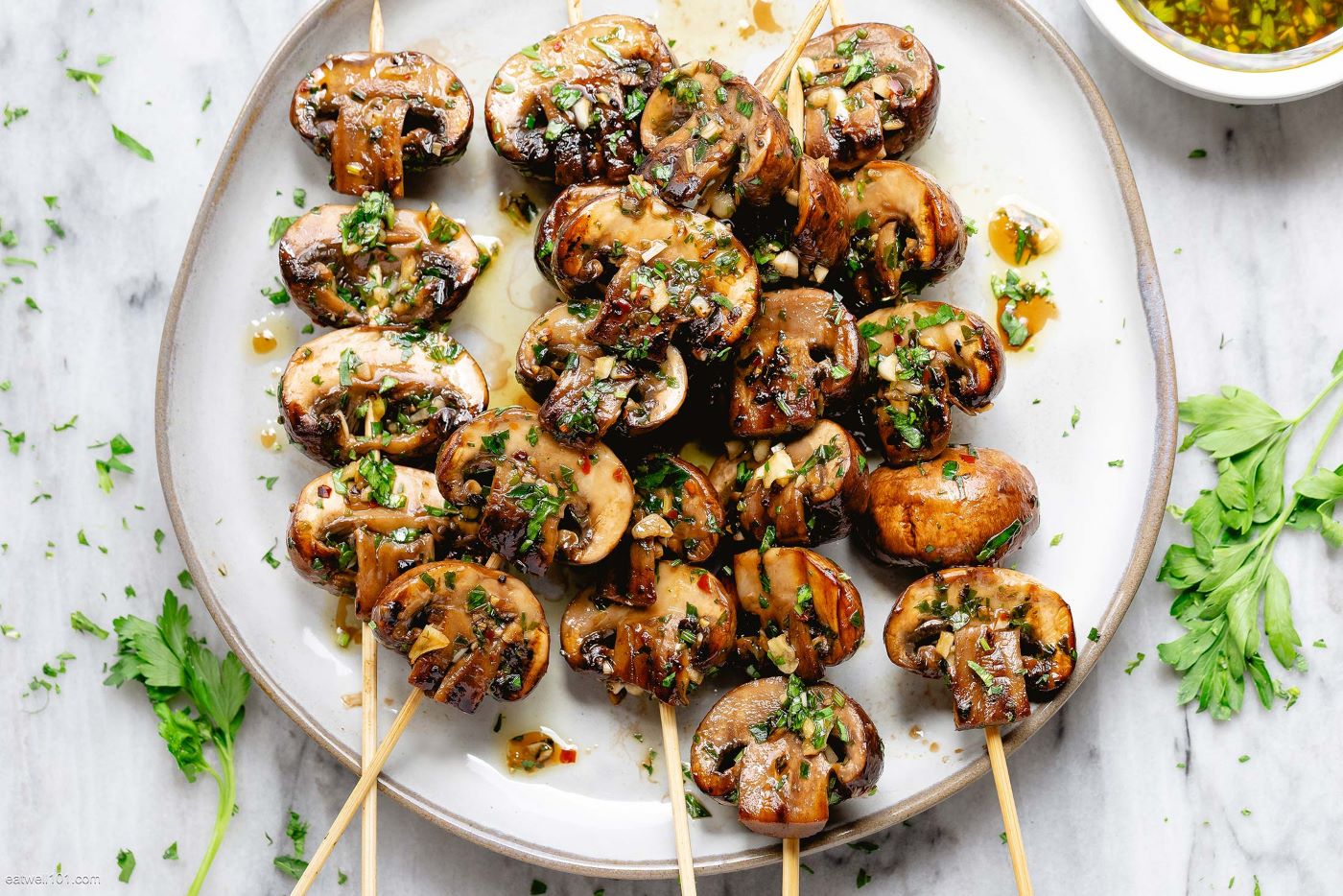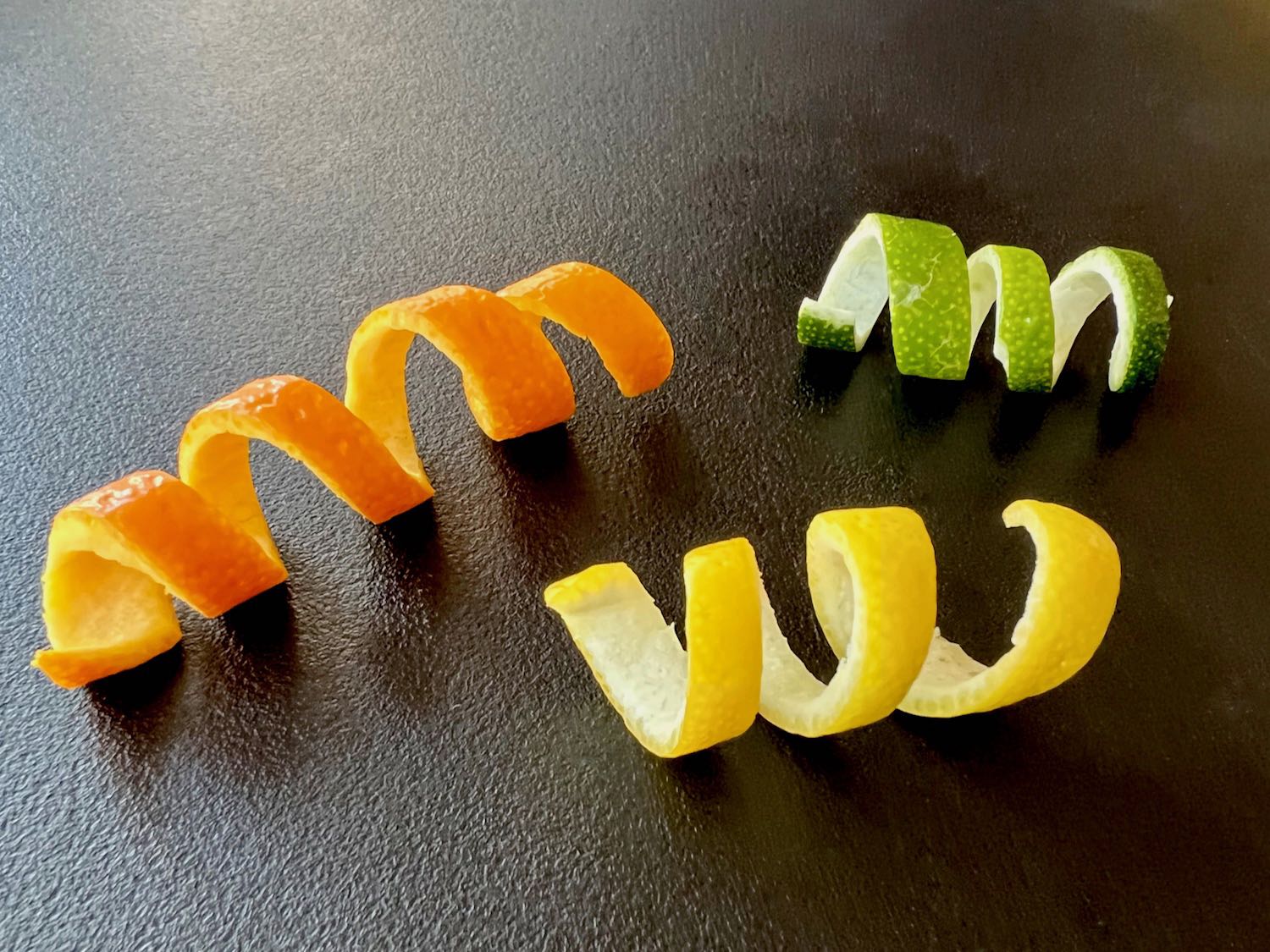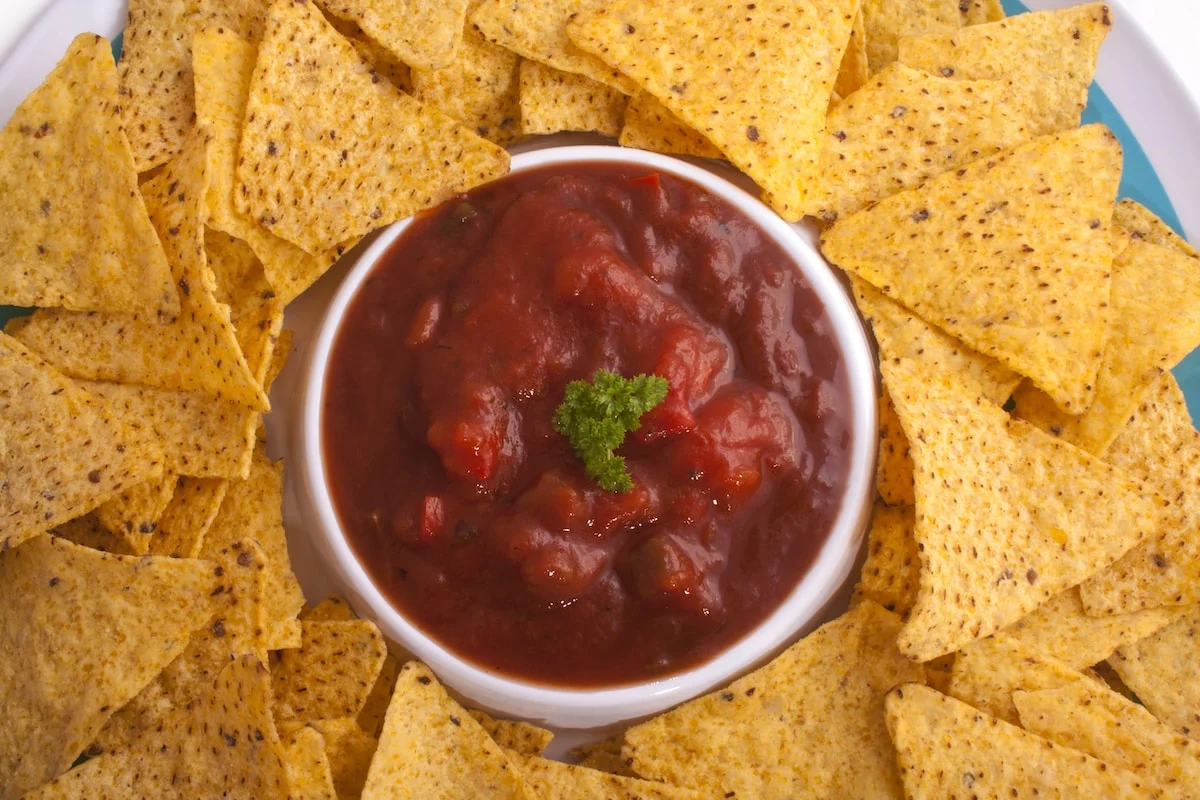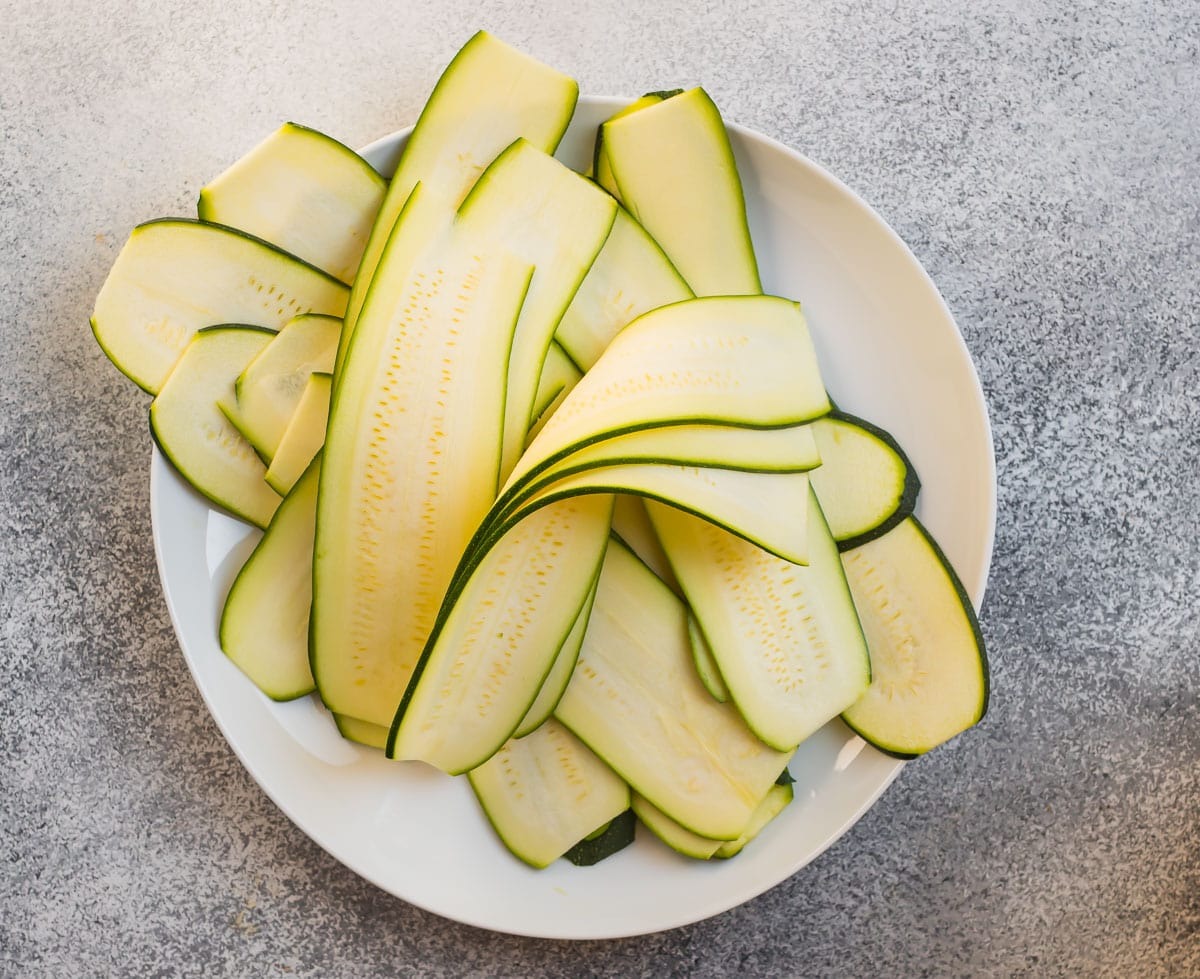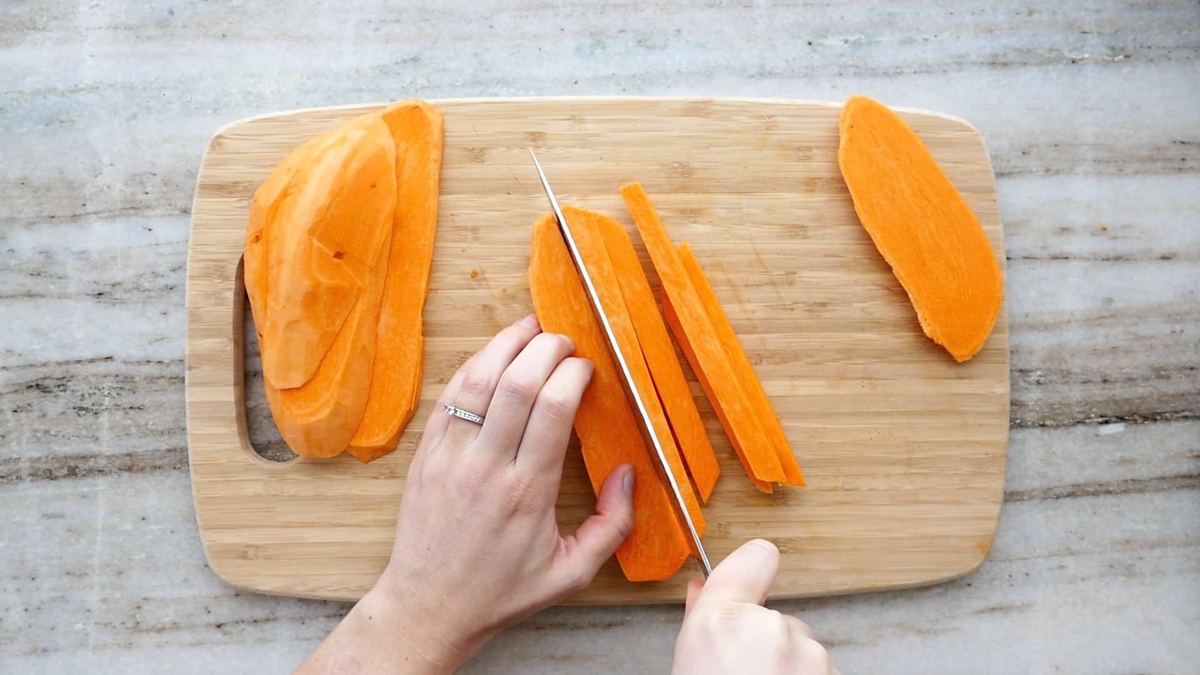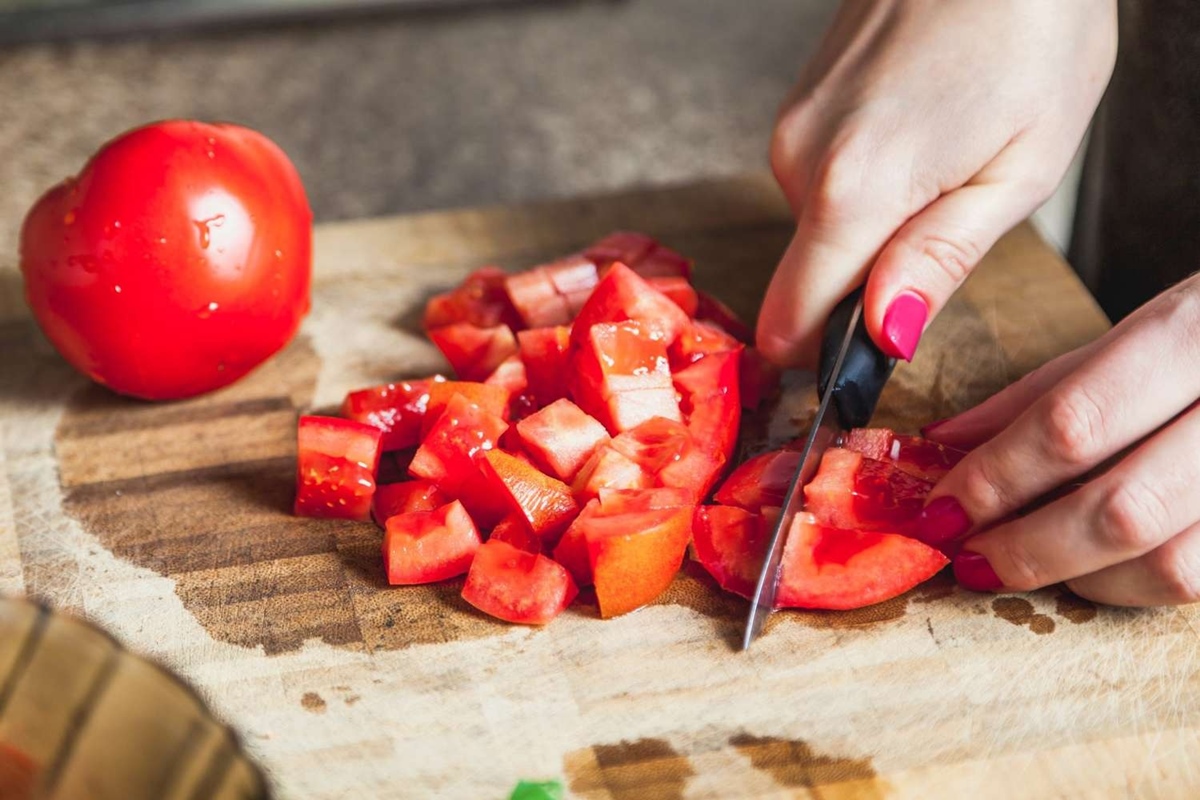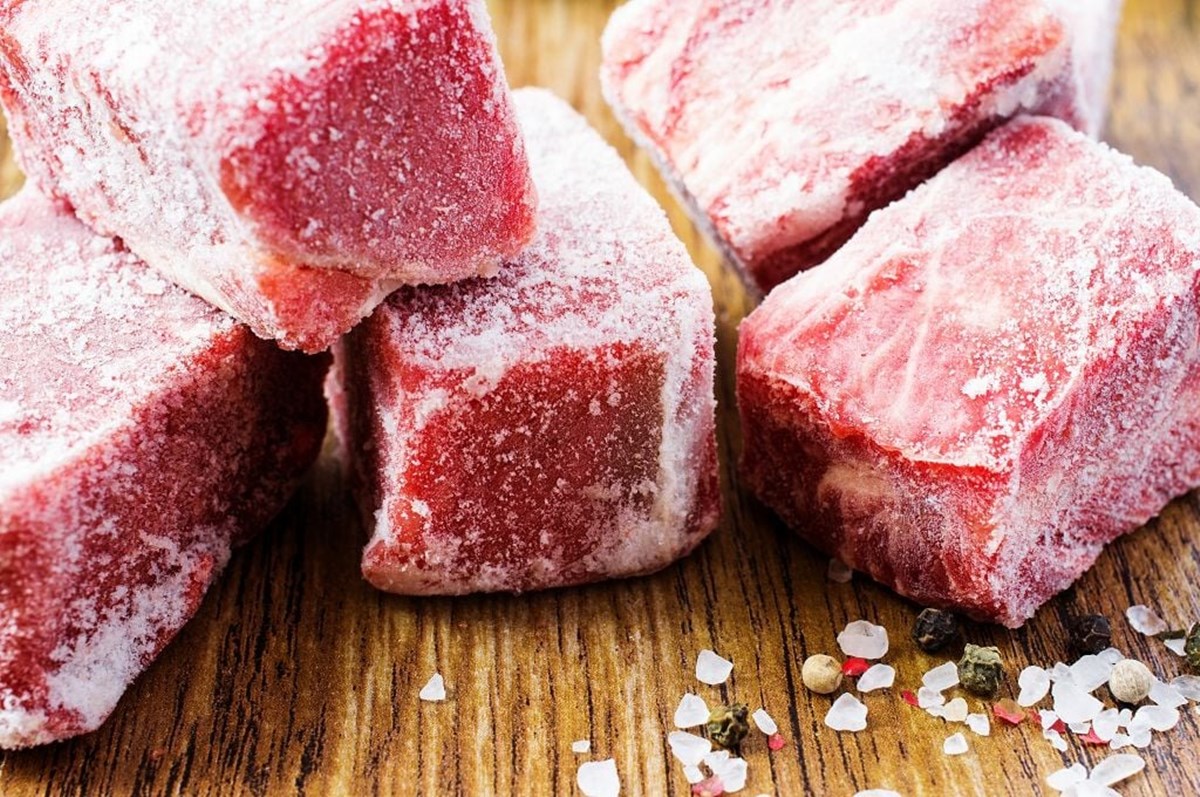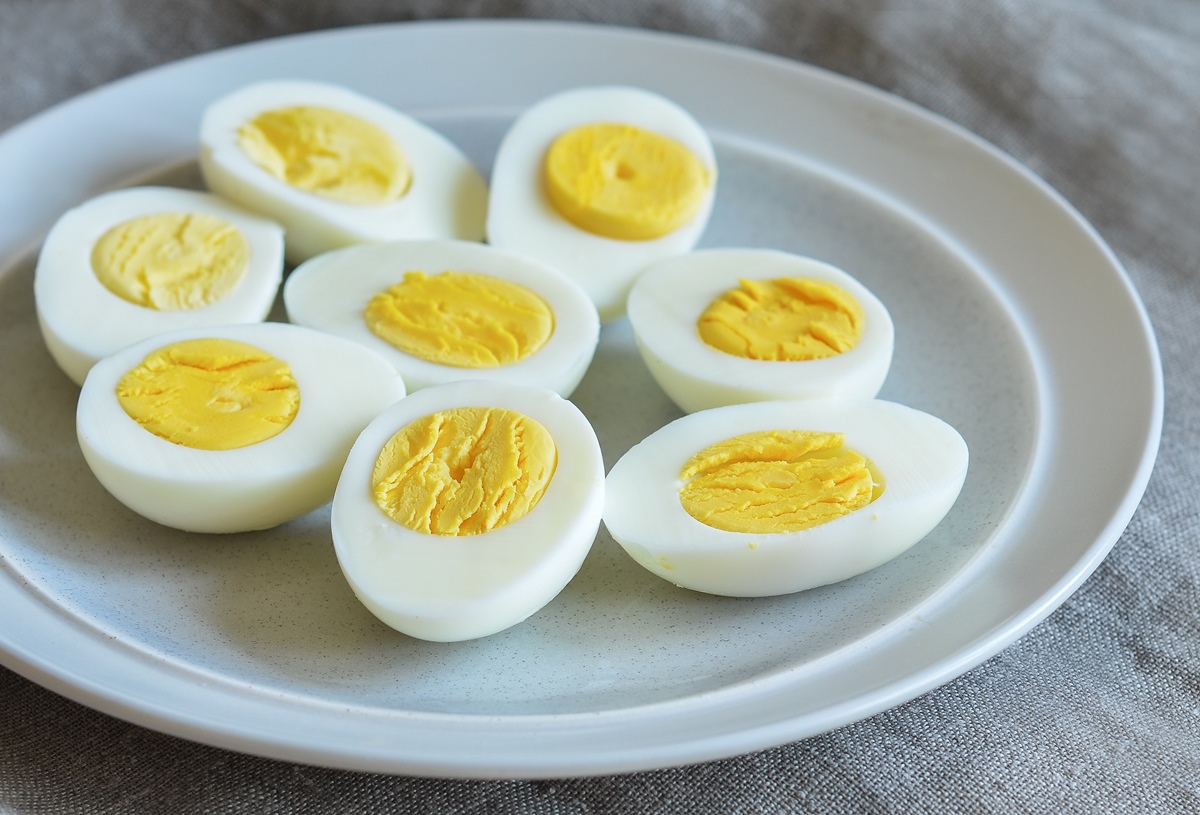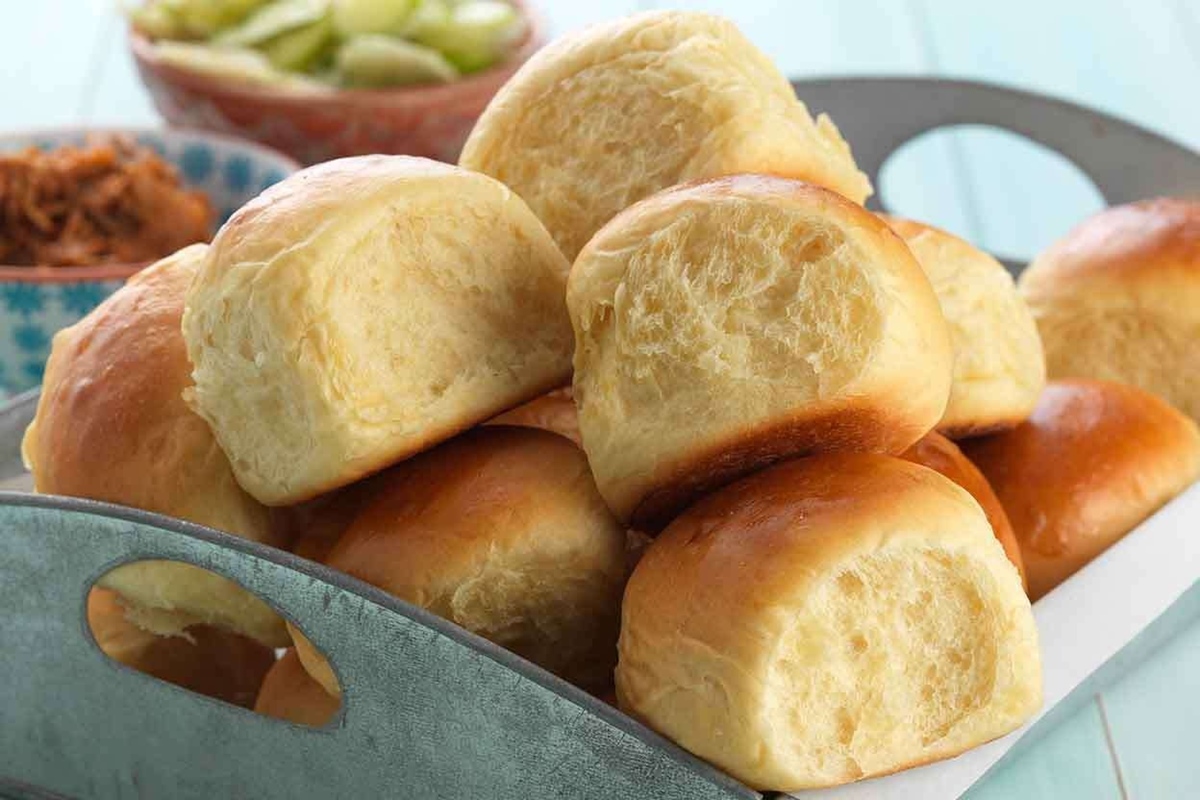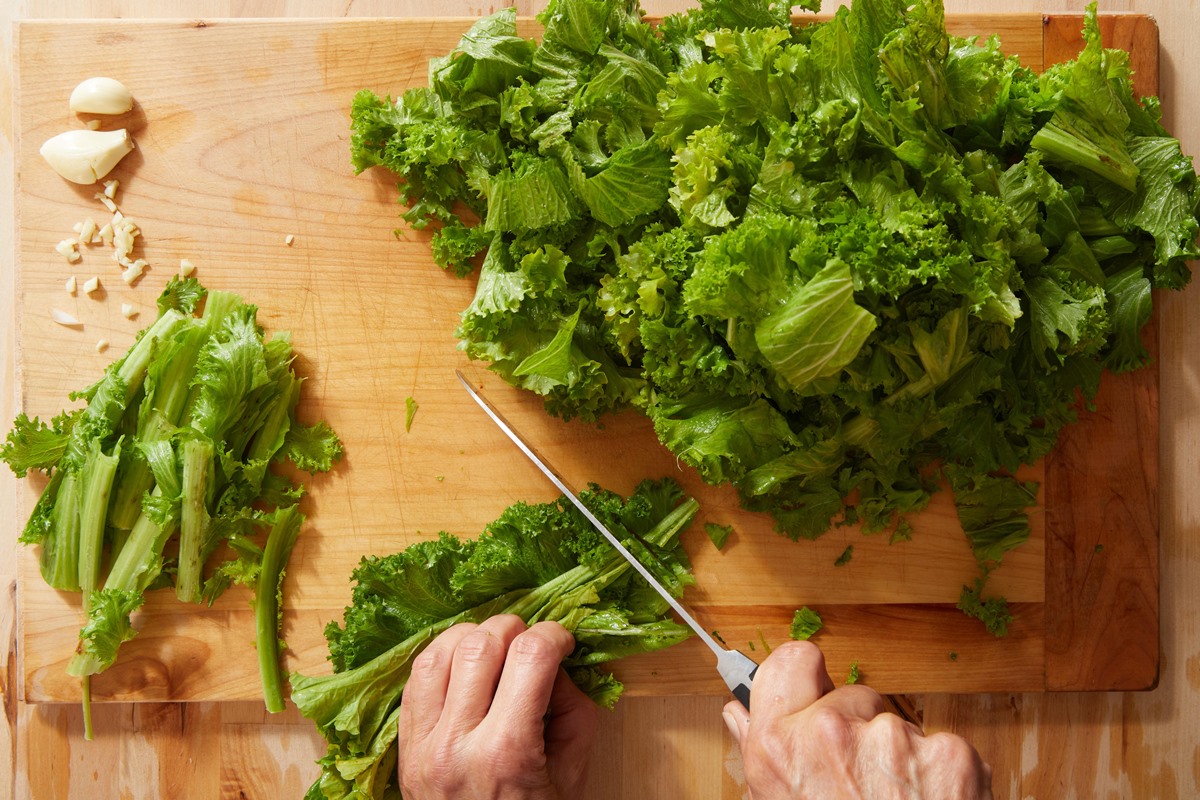How To Cut Spice In Salsa
Are you a salsa lover who enjoys a little kick, but sometimes finds the spice level overwhelming? Well, you’re in luck! In this article, we’ll share some tips and tricks on how to cut the spice in salsa without sacrificing flavor. Whether you prefer a mild salsa or just want to tone down the heat, these methods will help you adjust the spiciness to your liking.
1. Adjust the Pepper Ratio
One of the easiest ways to reduce the spiciness of salsa is by adjusting the pepper ratio. For example, if a recipe calls for a mix of hot peppers like jalapenos or habaneros, you can substitute some of them with milder peppers like bell peppers or banana peppers. This simple swap will help tame the heat without compromising on taste. Remember, you can always add more spice later if desired, but it’s harder to remove it once it’s been added.
2. Remove the Seeds and Membranes
The seeds and membranes of peppers contain most of the capsaicin, the compound responsible for the spiciness. So, if you want to reduce the heat in your salsa, make sure to remove these parts before chopping the peppers. Scrape out the seeds using a spoon and discard them. Additionally, rinsing the peppers under cold water can also help remove any residue capsaicin, further reducing the spiciness.
3. Dilute with Mild Ingredients
If your salsa still packs too much heat, consider diluting it with mild ingredients. Add more tomatoes, onions, or other mild-flavored vegetables to the mix. This will help balance out the spiciness and create a milder salsa. You can also add a splash of citrus juice, like lime or lemon, which not only adds flavor but also helps neutralize the heat.
4. Use Dairy or Sweet Ingredients
Dairy products are known to counteract the spiciness in food. You can try adding a dollop of sour cream or a sprinkle of grated cheese to your salsa. The creamy texture and coolness of dairy products can help soothe the burning sensation caused by the spice. Alternatively, incorporating sweet ingredients like mango, pineapple, or even a bit of sugar can help balance the heat and add a touch of sweetness to your salsa.
5. Gradually Increase the Heat
If you’re new to spicy foods or simply want to slowly work your way up, start by using less spice initially and gradually increase the amount as you become more comfortable with the heat. This way, you can train your taste buds to handle spicier salsa over time without overwhelming them. Remember, everyone’s tolerance for spice is different, so find a balance that suits your palate.
With these tips, you can easily adjust the spice level in your salsa to satisfy your taste buds. Experiment with different combinations, ratios, and ingredients to create the perfect salsa that strikes your desired balance between flavor and spice. Enjoy your homemade salsa, whether you like it mild, medium, or fiery hot!
Explore More: Recipes and Creative Uses for Your Salsa
After mastering how to cut spice in salsa, the culinary enthusiast can further refine their skills by exploring a variety of mild salsa recipes. Recommended for trying are the Classic Mild Tomato Salsa Recipe, which offers a fundamental and versatile base, or the Creamy Avocado Salsa with Yogurt, perfect for those who appreciate a richer texture. For a fruity twist, the Sweet Mango and Bell Pepper Salsa is a delightful choice that pairs well with seafood or as a vibrant dip. Each recipe utilizes the techniques discussed, allowing you to apply your new knowledge in practical, delicious ways.
Was this page helpful?
Read Next: How To Cut Corn On The Cob In Half
